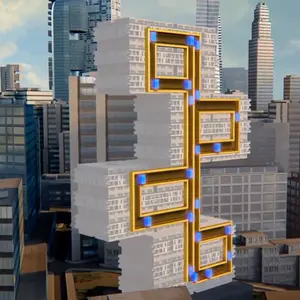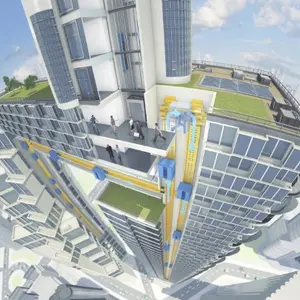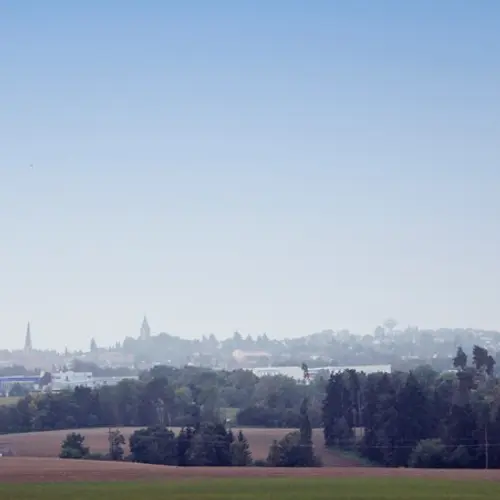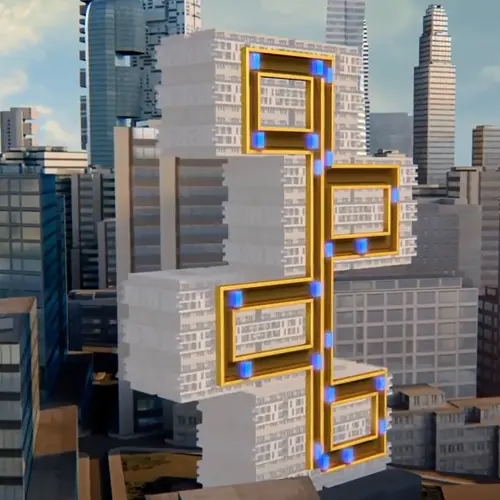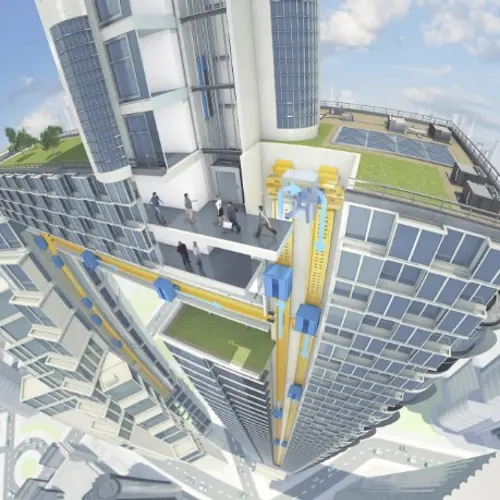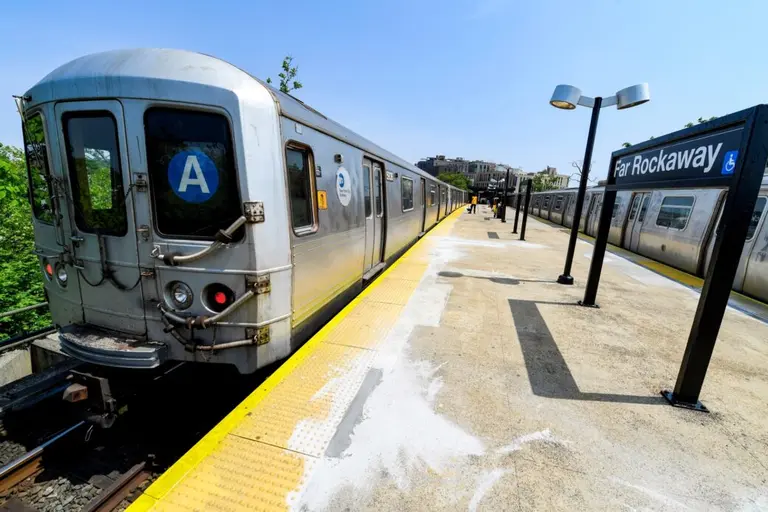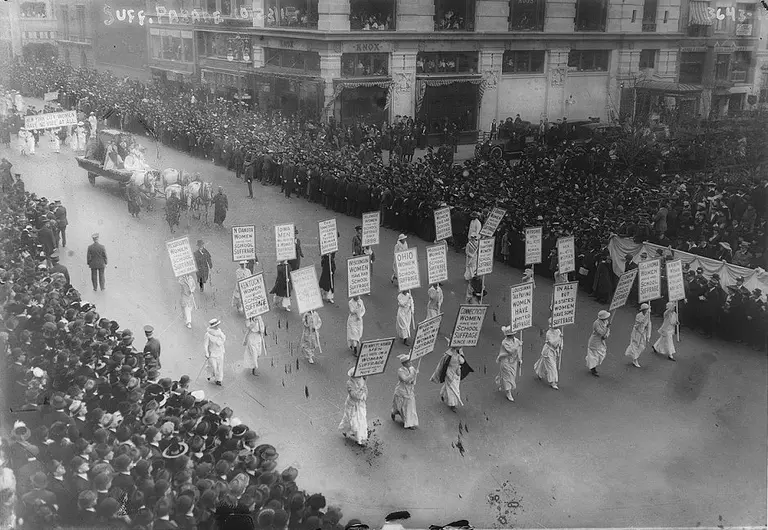ThyssenKrupp’s New Elevator Could Revolutionize Skyscraper Design with Its Horizontal Capabilities
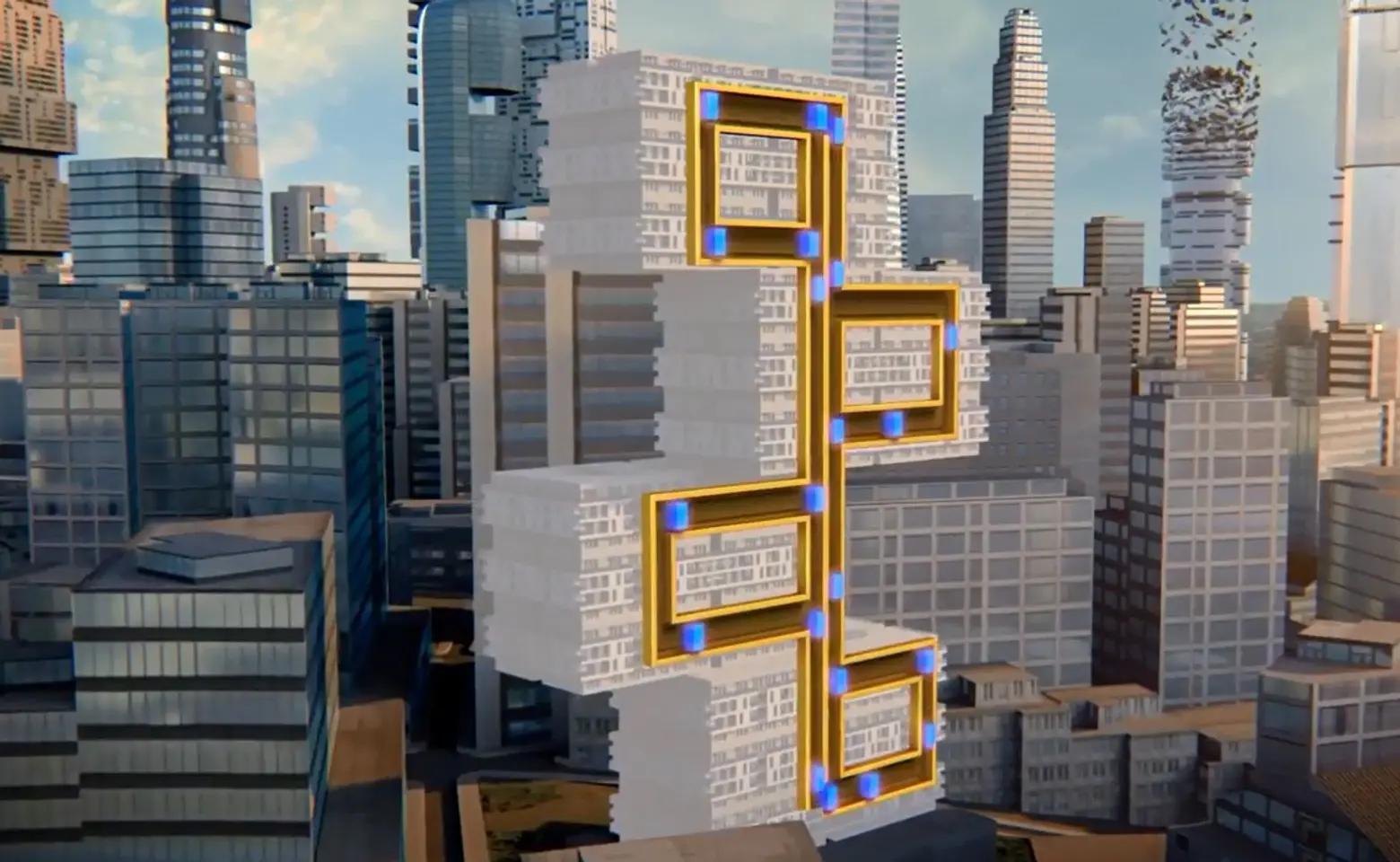
We’ve been spending a lot of time lately looking at NYC’s skyscraper boom and what’s to come for our skyline. And if the soaring towers and geometric architecture continue, the traditional elevator is just not going to cut it. That’s where ThyssenKrupp’s new elevator innovation comes in.
The cable-free, multi-car, multi-directional elevator operates with magnetic technology similar to that of Maglev trains. Each cabin runs on its own individual motor, and the “MULTI” elevator systems allows them to move both vertically and horizontally, creating the potential for multiple cabins to run on a single system.
ThyssenKrupp’s CEO Andreas Schierenbeck told ArchDaily that “per year, New York City office workers spend a cumulative amount of 16.6 years waiting for elevators, and 5.9 years in the elevators. This data provides how imperative it is to increase the availability of elevators.” MULTI, on the other hand, would have an average wait of only 15-30 seconds, regardless of the building size. Additionally, since MULTI eliminates the typical single cabin per elevator shaft model, more floor space is freed up and there is more potential for taller buildings. And since there’s the horizontal option, buildings would no longer have to be organized around a single vertical core.
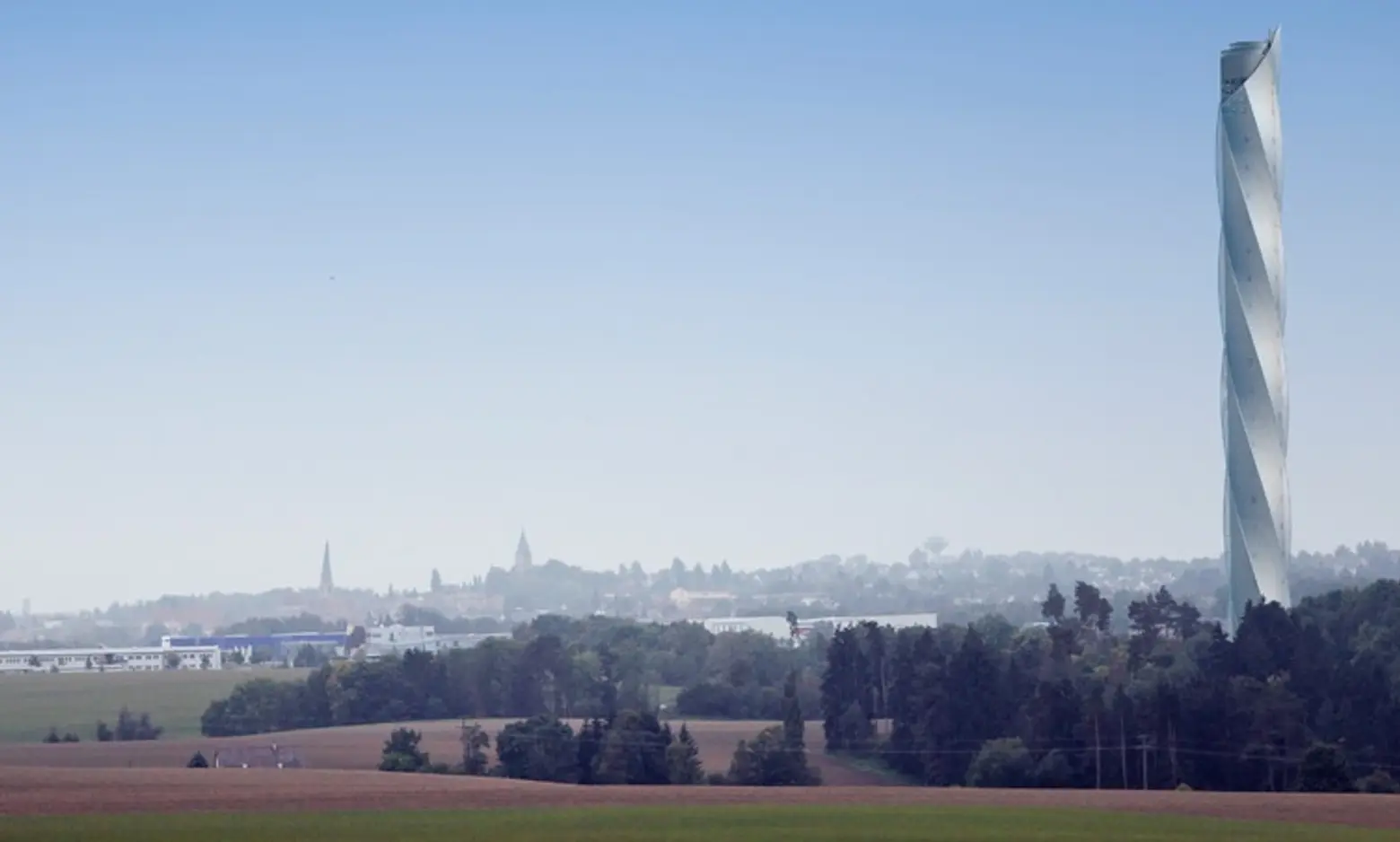 ThyssenKrupp’s Test Tower is 800 feet tall, accessible to the public, and the highest viewing platform in Germany
ThyssenKrupp’s Test Tower is 800 feet tall, accessible to the public, and the highest viewing platform in Germany
Though the news of MULTI is undoubtedly exciting for architects and engineers alike, the technology is still years away from being ready. In October, ThyssenKrupp began construction on a Test Tower in Rottweil, Germany, and the company is planning to have a prototype ready when the tower is competed in late 2016.
[Via ArchDaily]
Images and video via ThyssenKrupp

